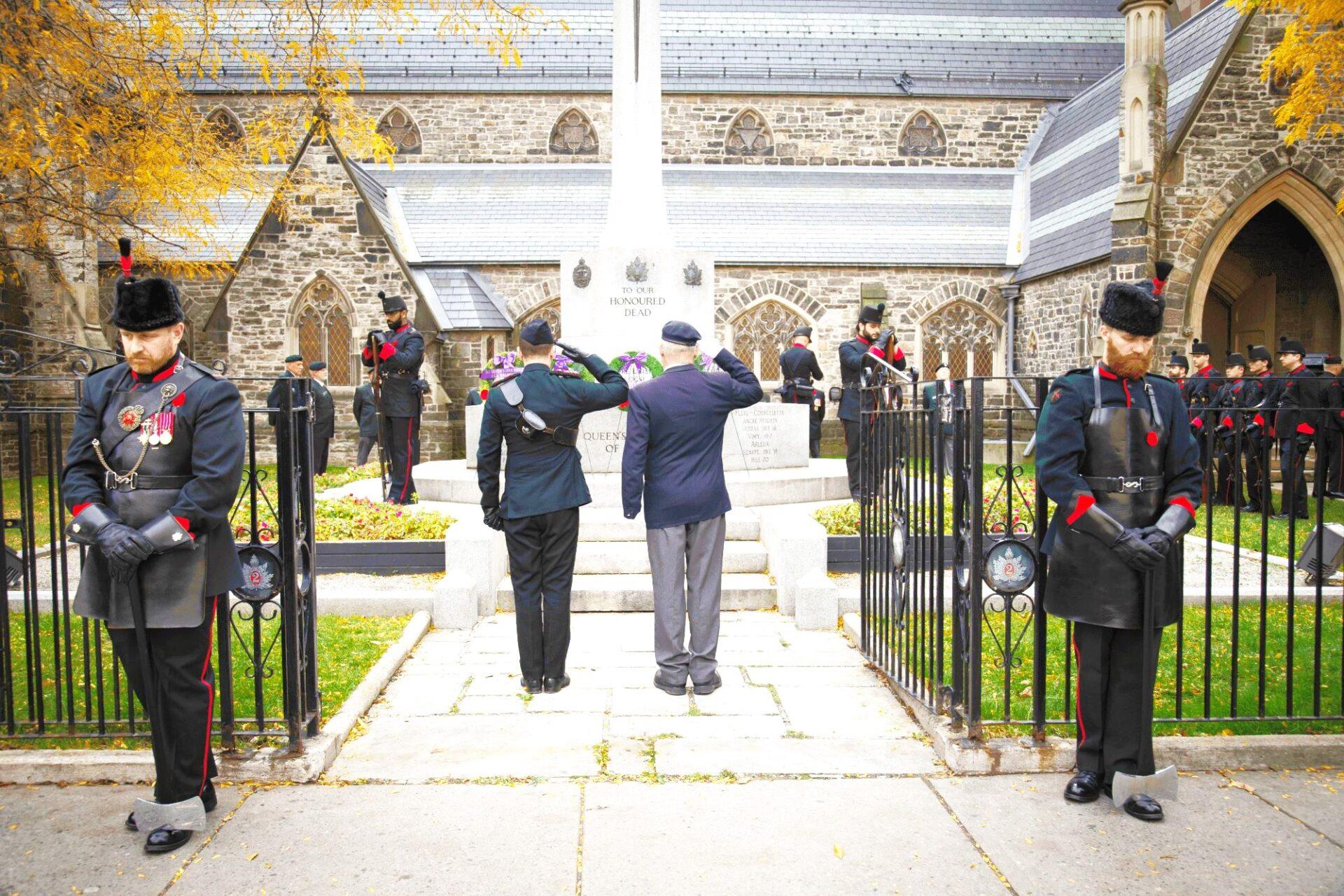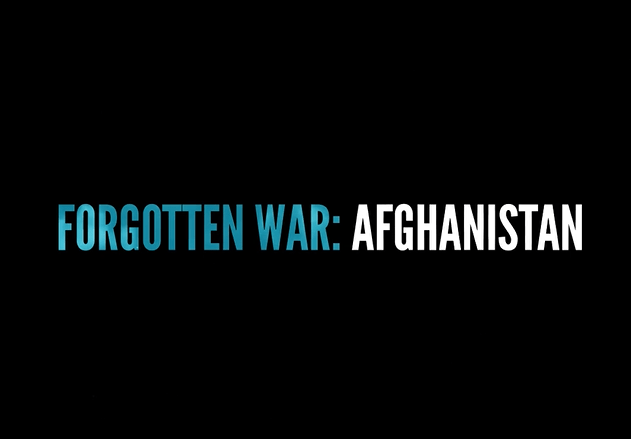
How will your students observe Remembrance Day this year?
Je me souviens has the resources to get you started.

Commemorating Bravery
Je me souviens’ free Remembrance Day modules offer students a unique opportunity to reflect on the importance of Remembrance Day in their Communities, while exploring Canada’s rich military history. Originally created by Canada Company’s other Milirary History Learning Program, Honouring Bravery, in partnership with TVO Learn, a division of TVO Media Education Group. The materials have been modified to fit the Quebec curriculum.
Make your own Remembrance Day Assemblies: a How to Guide
Our how-to guide provides teachers with resources to create their own Remembrance Day ceremony.


A timeline of the Canadian Armed Forces
Explore Canada’s military history over the last 200 years
This interactive timeline outlines a brief history of the Canadian Armed Forces and can be used as a teaching tool, or as reference information for teachers.
Military heroes through history
This slide deck provides brief biographies of members of the Canadian Armed Forces that can be used as part of a Remembrance Day ceremony, or for teachers interested in highlighting members of the Canadian Armed Forces who served from the First World War onward.


Forgotten War: Docuseries
A collaboration of Honouring Bravery and TVO Media Education Group, each 10-minute documentary explores the experiences of a member of the Canadian Armed Forces.
Please note: the videos in this documentary series discuss topics that are not suitable for all ages. Educator discretion is advised.




